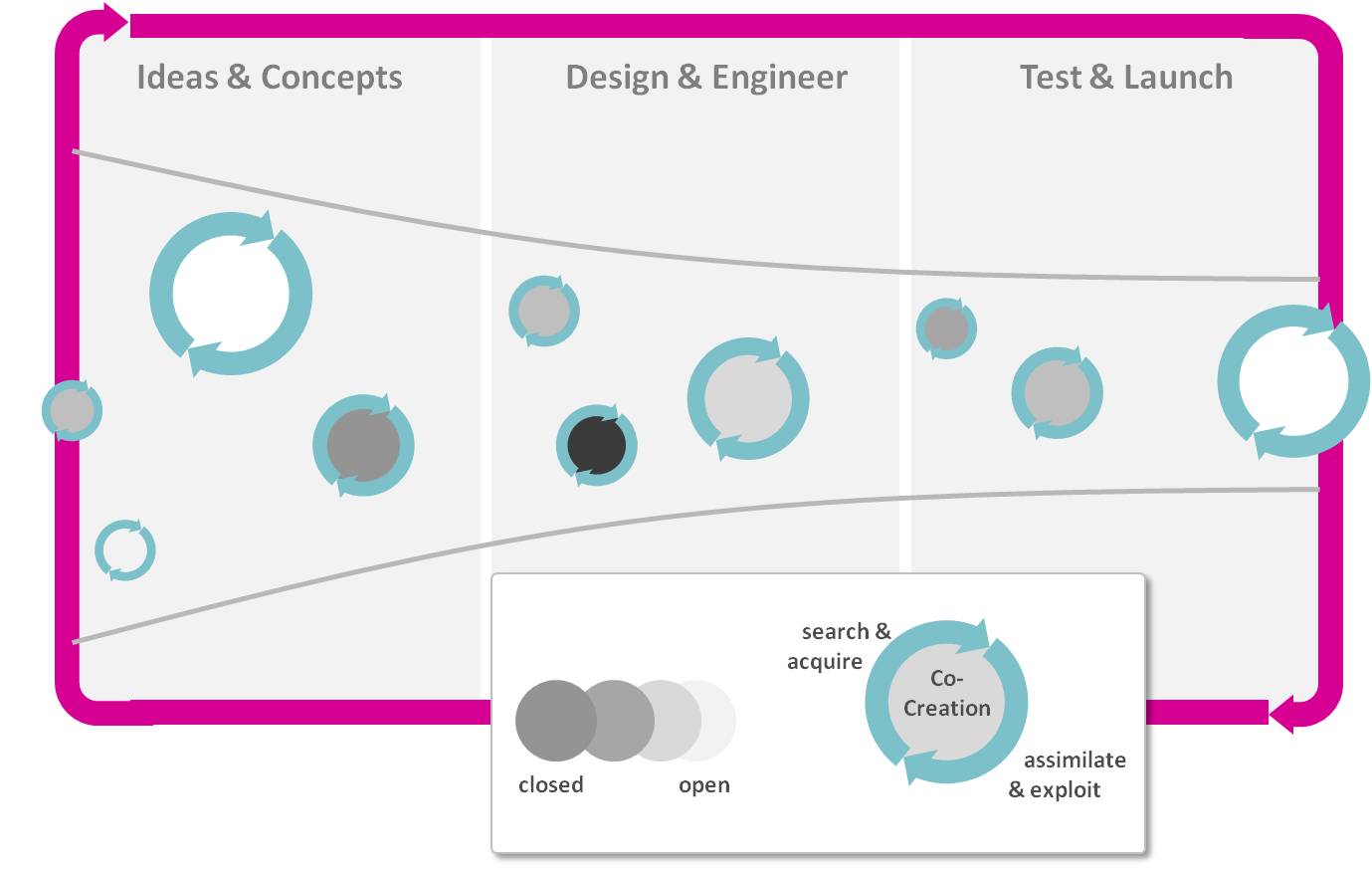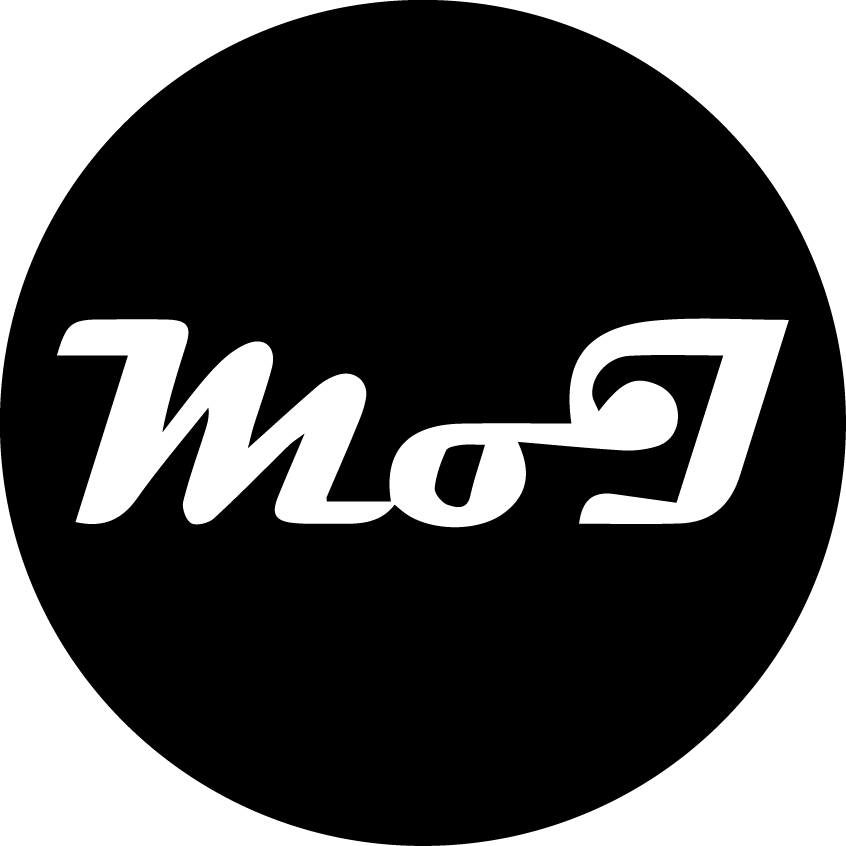The proficient realization of single co-creation projects is not a warranty for the overall success of co-creation. It rather depends on the ability of the firm to assimilate and implement users’ value contributions in the existing innovation process. At this point it becomes obvious that additional issues which are based on the fact that firms are often very persistent in sticking to “the old way of doing things” must be addressed. The “not invented here syndrome” (Katz/Allen 1982) manifested as the unwillingness to adopt an idea because it originates outside the company boundaries or limited “absorptive capacity” (Cohen/Levinthal 1992; Vanhaverbeke et al. 2007) as missing mechanisms to distribute information throughout the firm and provide an environment whereby information can be exploited are two major challenges which need to be tackled from an organizational perspective to ensure co-creation success. To sum up the success of co-creation depends on the one hand side on the methodological expertise to search and acquire users’ collaborative input and on the other side on organizational routines to digest and assimilate this external input. Altogether this implies the need to think of co-creation more as a strategic program rather than as a “just in time” outsourcing of innovation tasks. A co-creation program is characterized by a continuous collaborative relationship with users consisting of various interactions along the innovation process including iterative internal and external cycles of acquiring and assimilating the users’ value contributions. Eventually a co-creation program supports the idea of a continuously learning organization by expansion of its boundaries and should not be narrowed down to single project outcomes. Figure 1 shows the idea of a programmatic approach of co-creation delivery consisting of various projects realized in different stages of the innovation process. The circles represent single co-creation projects, the arrows indicate the need to not only search and acquire innovation input but also assimilate and exploit this input within established processes. The different grey shades represent different levels of open-ness from very open (e.g. Crowdsourcing Platforms) to more closed approaches (e.g. Enterprise 2.0). The cycle framing figure 1 indicates that co-creation is an ongoing effort utilizing synergies of all single co-creation encounters.

Figure 1: 360 View – Programmatic approach for continuous co-creation delivery
To sum up, the success of co-creation depends on three crucial factors: First, project excellence in terms of methodologies, tools and experience has to be accomplished. Second, a continuous co-creation process with alternating inbound and outbound flows between consumers and the company needs to be set up. Third, organizational structures and capabilities have to be established in order to not only acquire external input but to digest and capitalize on value co-creation within the company. Altogether, our conclusion of success factors implies the need to think of co-creation more as a strategic program rather than as a one-time outsourcing of innovation tasks.

